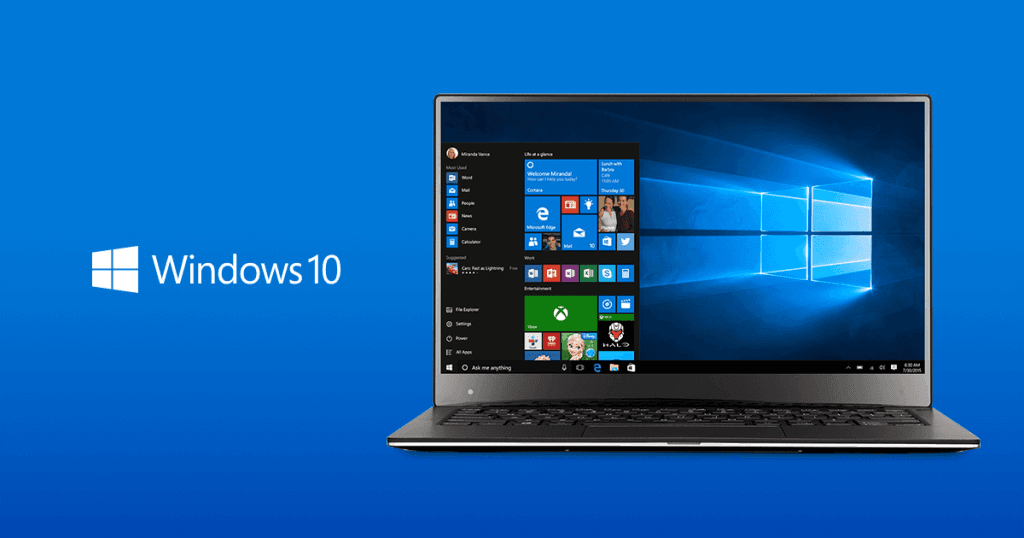Most people spend years building digital lives but never plan for what happens when they're gone. Research shows families often struggle to access critical accounts, leaving important documents, photos, and financial information locked away forever..
1. 1. Set Up a Password Manager with Family Access

What It Is: Password managers store all your login credentials in one secure vault that can be shared with trusted family members.
What Sources Say: Recent testing consistently ranks 1Password and Bitwarden among the best options. 1Password Families covers up to five people for $4.99/month (billed annually), and Bitwarden remains free for core use with Premium at $10/year and a Families plan at $40/year for up to 6 users. Independent reviews also highlight Bitwarden’s strong open-source security and 1Password’s polished recovery and sharing tools.
Why It Matters: Without a password manager, your family will need to guess passwords or go through lengthy recovery processes for each account. Family-enabled password managers let you grant emergency access while maintaining privacy during your lifetime.
2. 2. Document All Your Digital Assets

What It Is: A comprehensive list of all accounts, subscriptions, and digital properties you own or manage.
The Reality: You'll need credentials for financial institutions, e-commerce stores, insurance policies, online storage, email, social media platforms, cable and wireless carriers, medical apps, and media subscriptions. According to legal experts, such an inventory is essential for your representatives to act on your behalf.
What To Do: Create a secure document listing account usernames, associated email addresses, and any special recovery information. Store this in your password manager's secure notes or a safe physical location.
3. 3. Enable Platform-Specific Legacy Features

What It Claims: Major tech companies now offer built-in tools for account succession.
What's Available: Facebook lets you name a legacy contact to manage a memorialized profile. Apple’s Legacy Contact (part of Digital Legacy) lets you add one or more trusted people who can access your Apple Account data after death. Google’s Inactive Account Manager lets you pre-select up to 10 trusted contacts and specify which Google data they can download if your account becomes inactive.
The Process: For Apple, your Legacy Contact uses an access key you generated plus a death certificate to request your data; certain items like iCloud Keychain passwords and licensed media remain off-limits. On Facebook, a legacy contact manages a memorialized profile but never receives your login. With Google, your chosen contacts are notified and can download only the data you designated once your account has been inactive for the time period you set.
4. 4. Set Up Account Recovery Contacts

What It Does: Trusted family members can help you regain access if you're locked out, and vice versa.
How It Works: In Apple’s system, a recovery contact can generate a verification code to help you back into your account, they can’t see your data. In password managers, family organizers can recover locked-out accounts (1Password Families), and Bitwarden’s Emergency Access lets trusted contacts request time-delayed access to your vault in an emergency.
Why Set This Up: If you become incapacitated before death, these contacts can help maintain access to critical accounts while you're unable to manage them yourself.
5. 5. Include Digital Assets in Your Will

The Legal Side: Estate planning lawyers increasingly recommend including provisions in your Last Will & Testament that allow your executor to manage digital assets after your passing.
What This Covers: Digital assets include any data where you have ownership, right, or interest. Some have monetary value (cryptocurrency, digital businesses) while others have sentimental value (photos, emails, social media accounts).
Current Limitations: Most U.S. states (and D.C.) have enacted the Revised Uniform Fiduciary Access to Digital Assets Act (RUFADAA), which governs when and how executors can access digital assets. The UK has no single law like RUFADAA. Access is handled under probate and each provider’s terms, and unauthorised logins can breach the Computer Misuse Act 1990. The UK GDPR does not apply to the personal data of the deceased, so platforms use their own deceased-user processes.
If you enjoyed this guide, follow us for more.
6. 6. Store Important Files in Cloud Services with Sharing

What It Provides: Cloud storage services offer family sharing plans that can maintain access to important documents.
Best Practice: Upload critical documents like insurance policies, medical records, financial statements, and family photos to cloud services with sharing enabled.
Providers generally don’t transfer full account ownership. Plan ahead with Apple’s Digital Legacy or Google’s Inactive Account Manager, and if needed, use each provider’s deceased-user process (which may require documentation) to request data or closure.
The Advantage: Unlike local storage on devices that may be password-protected or encrypted, shared cloud storage can provide family access to essential documents without technical hurdles.
7. 7. Create an Emergency Information Sheet

What To Include: A single document with essential information your family needs immediately.
Key Details: List your primary email accounts, phone numbers for banks and insurance companies, location of important physical documents, and contact information for your lawyer and financial advisor. Include instructions for accessing your password manager.
Where To Store: Keep physical copies in a home safe and with a trusted family member. Store digital copies in multiple locations, including your password manager's secure notes.
8. 8. Review and Update Your Plan Regularly

Why Updates Matter: Digital accounts change frequently. Services get discontinued, passwords expire, and family circumstances evolve.
Regular Maintenance: Review your digital legacy plan every six months. Update password manager access, verify recovery contacts are still appropriate, and add any new significant accounts or digital assets.
Life Changes: Major life events (marriage, divorce, birth of children, death of designated contacts) should trigger immediate plan updates to ensure your arrangements remain valid and effective.
9. The Pattern Emerges

Digital legacy planning combines technology tools with traditional estate planning principles. The most effective approaches use multiple layers: password managers for day-to-day security, platform-specific legacy features for major services, legal documentation for authority, and regular maintenance to keep everything current.
The key insight is that digital assets require active planning - they don't automatically transfer like physical assets might. But with proper preparation, you can ensure your family has access to everything they need while protecting your privacy and security during your lifetime.
Start with one step this week, whether it's setting up a family password manager or documenting your most important accounts. Your future self and your family will appreciate the preparation.
If you enjoyed this guide, follow us for more.






